Exposed: CIA’s Sinister Plot to Control Black Communities Through Hip-Hop—A Former Agent’s Shocking Testimony – The People’s Voice Video
Ready to uncover the truth? Sick of the lies? Join our Telegram Channel now. It’s time for the real story! My gratitude to all my readers!
ALERT! Uncover the shocking truth behind hip-hop’s origins! Former CIA agent John Homeston exposes how the agency used hip-hop as a covert psy-op to control Black communities, promote violence, and profit from chaos. Discover the sinister agenda behind your favorite artists.
CIA Agent Testifies: Hip-Hop Created By The CIA To Keep Black Americans Enslaved
In a bombshell revelation that could shake the foundations of music history, retired CIA agent John Homeston has testified that hip-hop—one of the most influential cultural movements of the last century—was not an organic, grassroots expression of urban life but a meticulously crafted psychological operation. Homeston’s shocking claims suggest that the CIA secretly orchestrated the rise of hip-hop in the 1980s, using it as a tool to destabilize African American communities, promote violence, and ultimately serve the interests of the shadowy elite. Is hip-hop truly the voice of the oppressed, or has it been twisted into a weapon of control? The implications are staggering.
Hip-Hop as a CIA Psychological Operation: A New Reality
In the early 1980s, hip-hop was exploding on the streets of New York, reflecting the voices and frustrations of marginalized communities. But according to John Homeston, a former CIA agent, this cultural phenomenon was far from spontaneous. The truth, he says, is far more sinister. Homeston alleges that the CIA deliberately used hip-hop as a psychological operation, planting its roots within Black communities to covertly influence and control their societal trajectory.
The idea of using media as a psychological weapon isn’t new. Historically, various governments have weaponized art and culture to sway public opinion, guide societal norms, and even initiate revolutions. But Homeston’s claims suggest that the CIA took this a step further by not just influencing the culture but crafting it from scratch. If true, it means that hip-hop, which was once celebrated for its authentic representation of Black struggle, has been carefully manipulated to serve an entirely different agenda.
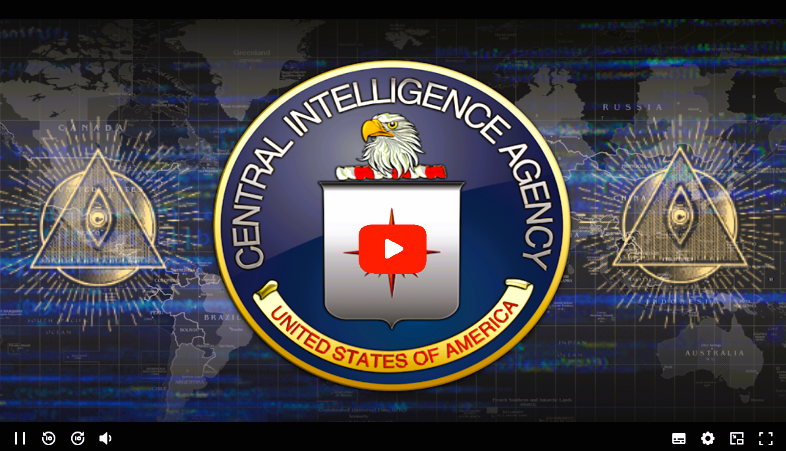
NWA, Dr. Dre, Public Enemy, and Run DMC: The CIA’s Secret Partners?
According to Homeston, the CIA didn’t just have a passive hand in hip-hop’s rise. The agency actively provided funding and direction to major artists who became the genre’s pioneers. Names like NWA, Dr. Dre, Public Enemy, and Run DMC are cited as key players in this psy-op, all allegedly under the guiding hand of CIA operatives.
These are artists that many hold in high regard for their messages of rebellion, defiance, and societal critique. NWA, with songs like “F*** tha Police,” became the soundtrack of a generation, embodying resistance to systemic oppression. But Homeston’s testimony casts a dark shadow over this narrative. If the CIA was behind these artists, then what we saw as rebellious art could have been part of a larger plan to foment division and breed anger within disenfranchised communities.
DON’T MISS THIS:
The message was loud and clear—hip-hop was to be the voice of rebellion, but the rebellion it fueled may have been by design. While fans believed these artists were fighting the system, they may have, in fact, been playing into its hands.
The Nihilistic Agenda: Hip-Hop’s Descent into Chaos
One of the more chilling aspects of Homeston’s testimony revolves around the ideology embedded within hip-hop music. Homeston claims the CIA funneled “big money, serious money” into pushing narratives that were not just anti-establishment but nihilistic in nature. This was not an accident. The agency sought to promote a worldview that was anti-authority, anti-American, and ultimately, destructive to community cohesion.
In the early days, hip-hop was about community, hope, and upliftment. Tracks like “The Message” by Grandmaster Flash spoke of the harsh realities of life in the ghetto while also offering a sense of solidarity and empowerment. However, by the late 1980s and 1990s, the lyrical content of mainstream hip-hop began to change. Themes of violence, crime, and degradation became more prominent.
Songs that glorified gang life, drug dealing, and material excess started to dominate the airwaves. Homeston argues that this shift was not a natural evolution but a deliberate injection of nihilistic, destructive ideas aimed at destabilizing Black youth. By glorifying self-destructive behavior and promoting a culture of excess and violence, hip-hop was used to sabotage the potential for real social change within Black communities.
MAKE AMERICA HEALTHY AGAIN: HOME RETREAT | HOW TO RENEW YOUR CELLS IN 7 DAYS
The Profiteers Behind the Chaos
If the CIA was behind the rise of hip-hop, the question then becomes—why? What was the ultimate goal of this covert operation? According to Homeston, the driving force behind this psy-op was profit and control. The chaos created by the nihilistic messages in hip-hop would serve two purposes.
First, it kept African American communities in a state of disarray. Rather than focusing on building political power or economic stability, these communities were fed a steady diet of music that encouraged rebellion without a clear direction. Second, the elite profited handsomely from this engineered chaos.
The music industry is a multi-billion dollar business, and hip-hop was monetized from its very inception. The shadowy elites Homeston speaks of—the same groups accused of controlling global finance and politics—have also been accused of manipulating culture to create revenue streams. Hip-hop, with its widespread appeal and global reach, became the perfect cash cow. While the artists on stage preached rebellion and anti-establishment sentiments, the very establishment they were railing against was pocketing billions.
The CIA’s Role in Sowing Division
Homeston’s claims go beyond just manipulating the music. He suggests that the broader goal was to create division within the United States. At a time when the civil rights movement had made significant strides, hip-hop was used as a tool to sow discord, especially within Black communities.
This strategy isn’t far-fetched when viewed in the context of Cold War-era tactics. Governments around the world have long used division as a means of control. By fragmenting social movements, they prevent any one group from becoming powerful enough to challenge the status quo. In this case, the CIA allegedly used hip-hop to channel anger and frustration into a form that was profitable but ultimately disempowering.
By glamorizing a criminal lifestyle, the CIA ensured that a generation of Black youth would focus their energy on fighting each other—through gang warfare and petty crime—rather than organizing politically or economically. The rise of gangsta rap in the 1990s, with its heavy emphasis on violence and rivalry, only served to deepen these divisions.
Guides and Angels: Embracing the Presence of Spiritual Guides in Our Lives!
Public Enemy: A Revolutionary Sound or a Government Tool?
One of the most striking names mentioned by Homeston is Public Enemy. Known for their politically charged lyrics and confrontational stance against injustice, Public Enemy is often hailed as one of the most revolutionary forces in hip-hop. Tracks like “Fight the Power” became anthems for resistance, but Homeston’s testimony suggests that even they were not immune to the CIA’s influence.
Public Enemy’s music, while undeniably powerful, often portrayed the world in binary terms—us versus them. While their intention may have been to rally the oppressed, Homeston suggests that this messaging played perfectly into the CIA’s hands. The establishment didn’t fear songs that called for rebellion—they encouraged them, knowing that this kind of angry, aimless rebellion would keep people fighting each other rather than organizing for systemic change.
WARNING: “WEALTH DNA”! This is why their is a war for your mind and a war for your DNA. You are Sacred!
Homeston’s allegations raise difficult questions about Public Enemy’s legacy. Were they truly the voice of the people, or were they unwitting pawns in a much larger game? It’s impossible to say for certain, but the possibility is enough to warrant serious reflection.
The Elite Agenda: Hip-Hop as a Cultural Weapon
Homeston’s testimony paints a picture of the elite using hip-hop as a cultural weapon—a means of keeping Black Americans, and eventually other marginalized groups, in a state of perpetual struggle. This strategy isn’t new. Colonizers have long used cultural manipulation as a tool of control, and in the modern era, that tool has only become more sophisticated.
According to Homeston, the ultimate goal was to maintain the status quo. By encouraging division, promoting destructive behavior, and keeping communities distracted, the CIA and its elite backers could ensure that real change never occurred. Hip-hop, rather than being a force for liberation, became a means of ensuring that the oppressed stayed oppressed.
The monetization of hip-hop is a key part of this strategy. By turning rebellion into a profitable industry, the elites ensured that they could control the narrative. The more successful hip-hop became, the more entrenched its destructive messages became within the culture. Even as fans celebrated the rise of hip-hop to global prominence, they were unknowingly perpetuating the very system they sought to fight.
WARNING: The Vatican’s Hidden Secret Revealed: ‘The Divine Prayer – A One-Minute Miracle for All Americans, Our Heroes, and President Trump – May God Bless America!’ VIDEO BELOW
Conclusion: Hip-Hop’s True Legacy
If John Homeston’s testimony is to be believed, the legacy of hip-hop is far more complicated than we ever imagined. What started as a genuine expression of urban struggle was co-opted and twisted into a weapon of control. The CIA, according to Homeston, played a central role in this transformation, using hip-hop as a means to sow division, promote violence, and ultimately profit from the chaos it helped create.
While the idea that the CIA created hip-hop may seem far-fetched, the evidence presented by Homeston deserves scrutiny. If true, it forces us to reevaluate not just the music but the cultural forces that shape our world. Hip-hop, once seen as a tool of liberation, may have been nothing more than another method of control—designed to keep Black Americans, and by extension, all oppressed peoples, enslaved to a system that profits from their pain.
🚨 CIA Agent Testifies Agency Created Hip Hop 'To Keep Black Americans Enslaved'
John Homeston, a retired CIA agent, recently dropped a bombshell on NTV. He revealed that hip hop was actually a covert psychological operation designed by the CIA in the 1980s, and the psy-op is… pic.twitter.com/V7oVpfsZQY
— TPV Sean (@tpvsean) September 13, 2024

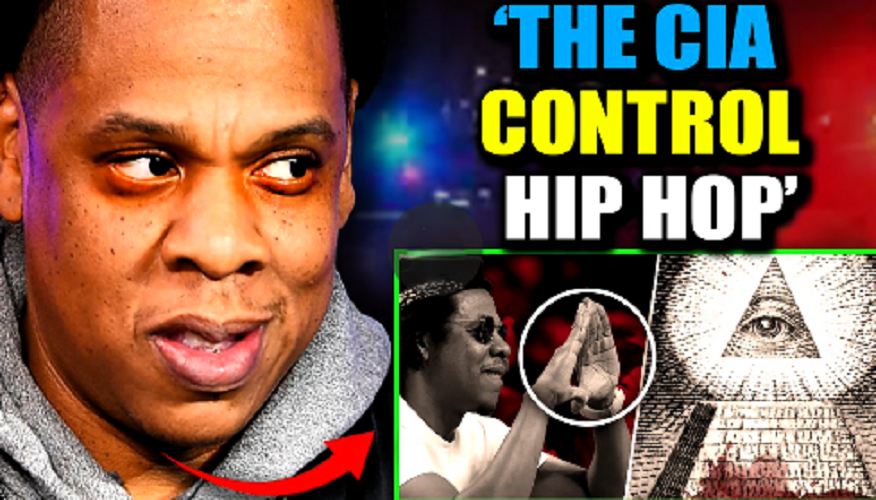
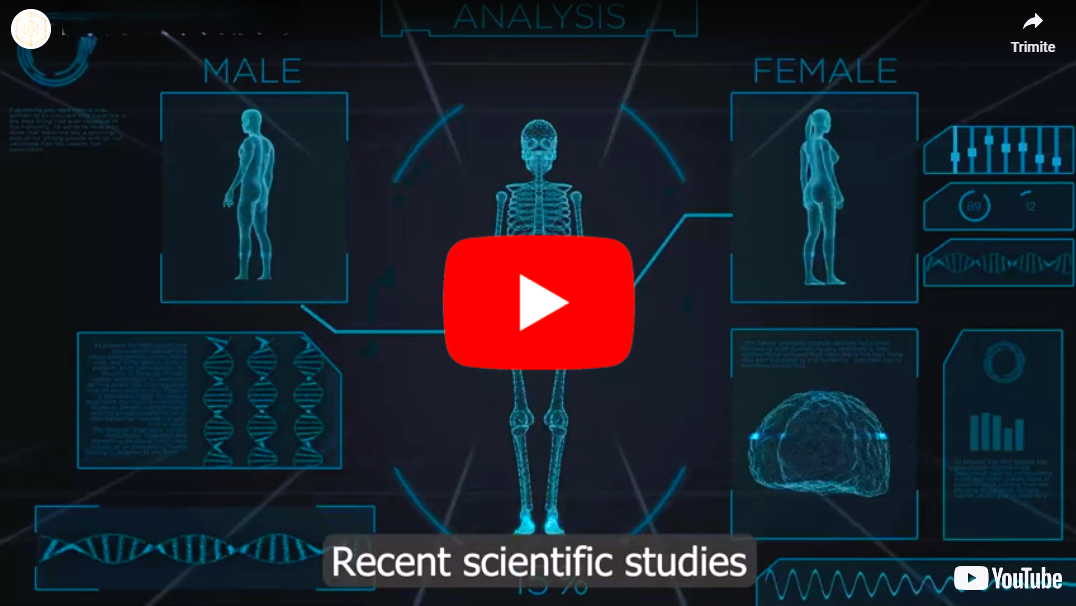
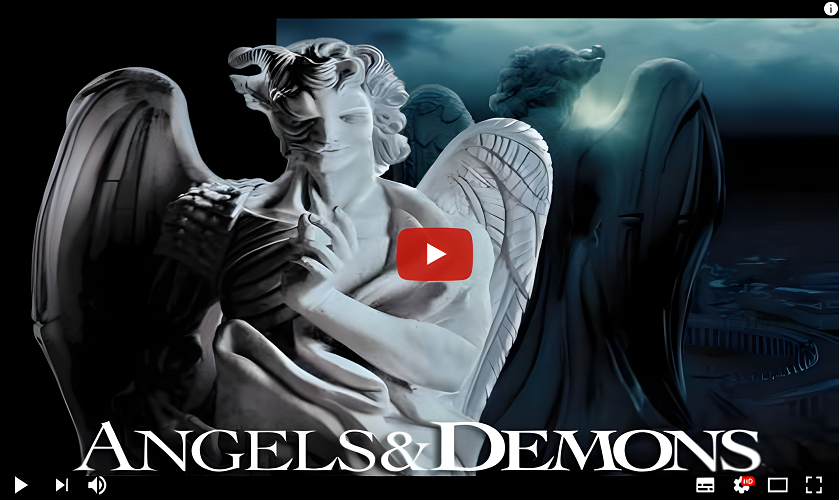
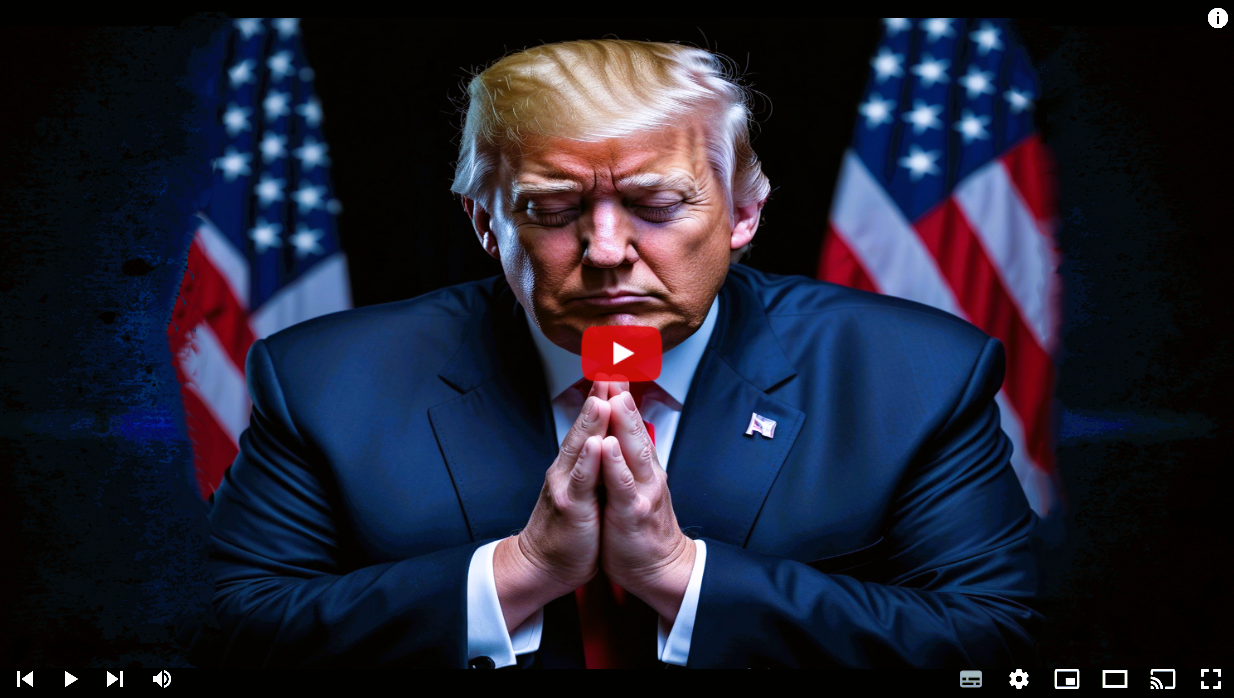


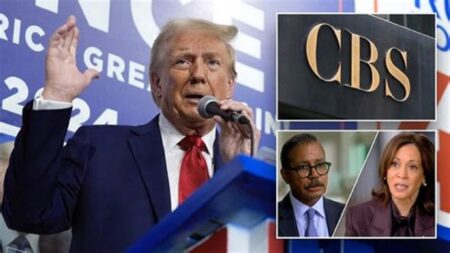
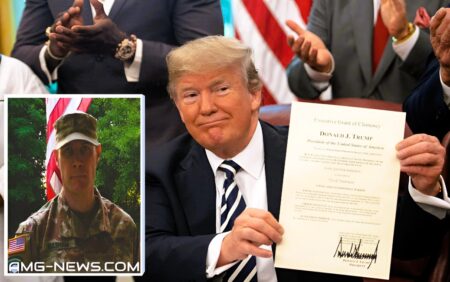
![BREAKING: CANADA IS TERRA NULLIUS! King Charles Admits ‘Unceded Land’ – Commander Trump Holds Legal Ground to Annex the 51st State [VIDEO]](https://amg-news.com/wp-content/uploads/2025/05/King-Charles-Admits-‘Unceded-Land-450x280.png)

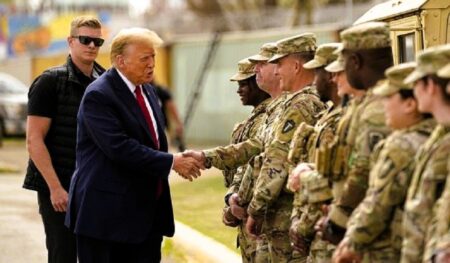

2 Comments
Yes, dear.
فارسی